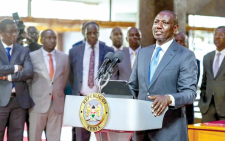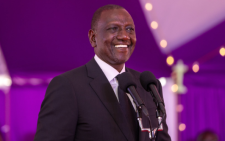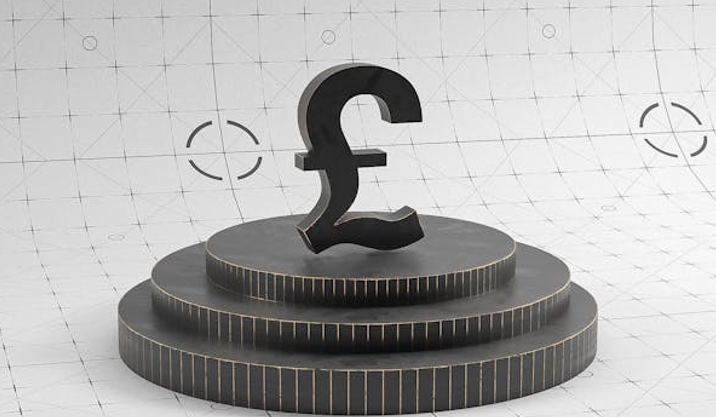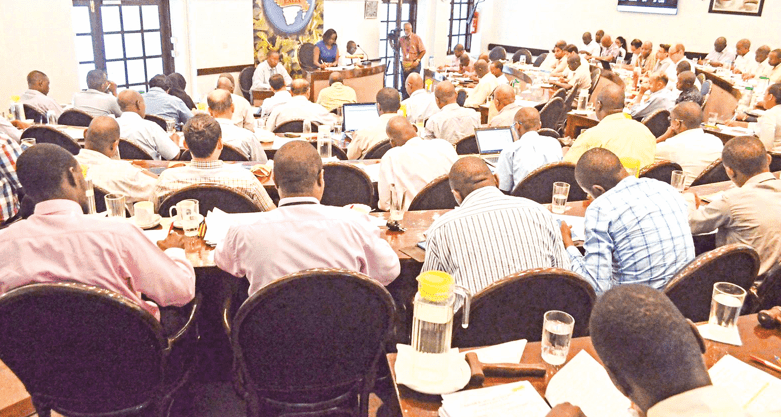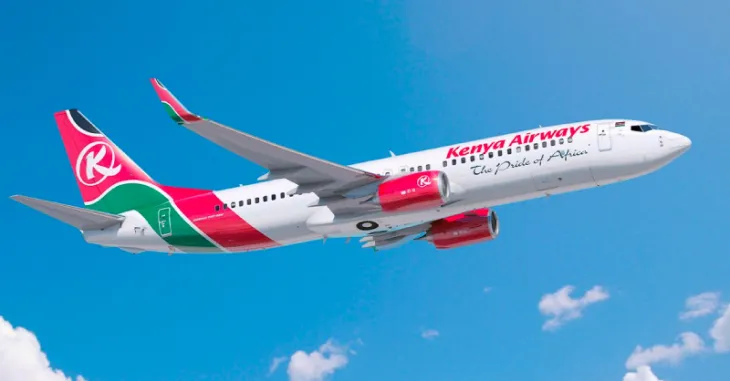Fuel prices remain unchanged
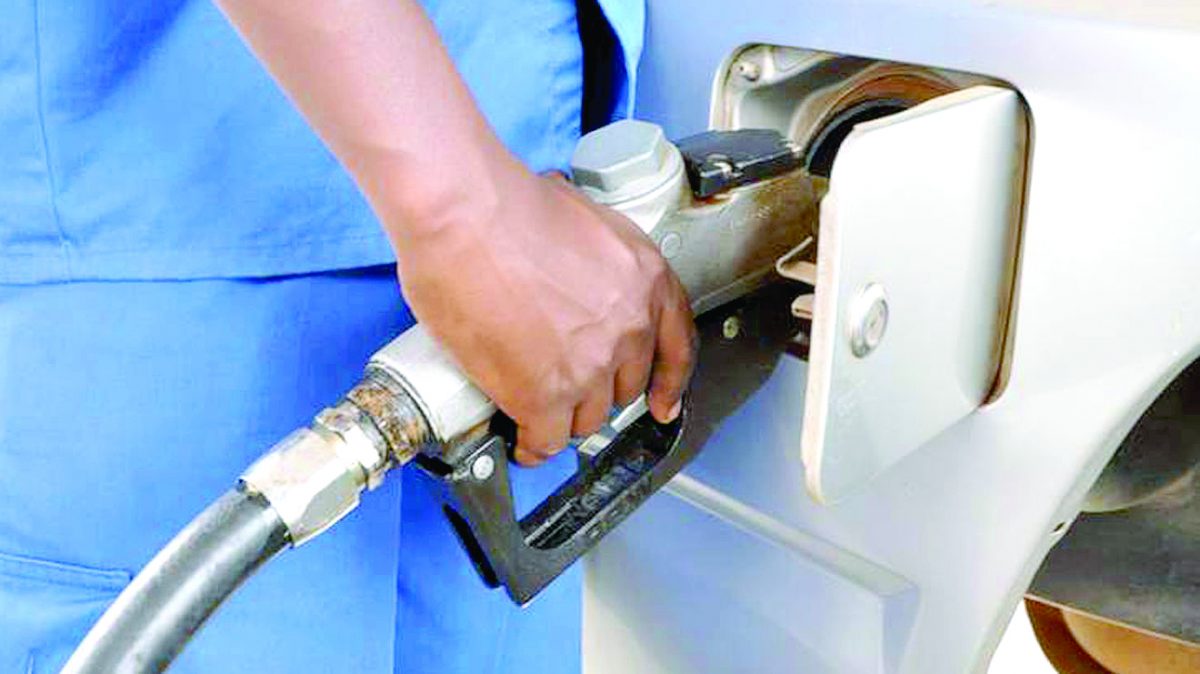
The prices of fuel will remain unchanged for the next 30 days despite a drop in the cost of crude oil in the external market.
In this month’s review by Energy and Petroleum Regulatory Authority (EPRA), petrol and diesel prices will therefore stand at Ksh177.30 and Ksh162 per litre, respectively.
A litre of kerosene to continue retailing at Ksh145.94.
The energy regulator instead cross-subsidized diesel with petrol to cushion key sectors of the economy such as manufacturing and transport.
Kenya’s economy is hugely diesel-dependent, and with the cross-subsidy, it means that petrol users, mainly middle-class citizens, are paying more to ease pressure on the government’s effort to sustain the subsidy program.
“The price of Diesel has been cross subsidized with that of Super Petrol while a subsidy of Kshs. 25.07/litre has been maintained for Kerosene in order to cushion consumers from the otherwise high prices.
“The government will utilise the Petroleum Development Levy to compensate oil marketing companies for the difference in cost,” EPRA Managing Director Daniel Kiptoo said in the latest monthly review.
Government’s fuel subsidy
In the current review, the State offered diesel and kerosine users a subsidy of Ksh10.85 per litre consumed.
Since diesel consumption in the country is higher than petrol, the government would have spent more funds in compensation if it had not cross-subsidised the two products.
The prices of Murban crude oil lifted in November were posted at $92.45 per barrel, a decline of 5.72 per cent from $98.06 per barrel witnessed in October 2022.
This happened as the landed cost of imported of petrol and diesel increased by 2.6 per cent and 6.56 per cent per cubic meter, respectively, during the same period.
While there have been price reductions in the last two months, the cost of fuel still remains high compared to one year back and is in context with the current inflationary pressures.
Key economic sectors might still be cagey to pass the benefit to end users through a marginal reduction in the prices of consumer goods.
As it stands, the hiked fuel costs still signal more challenges to the Treasury’s quest of tackling inflation back within the targets of 2.5 and 7.5 per cent.
